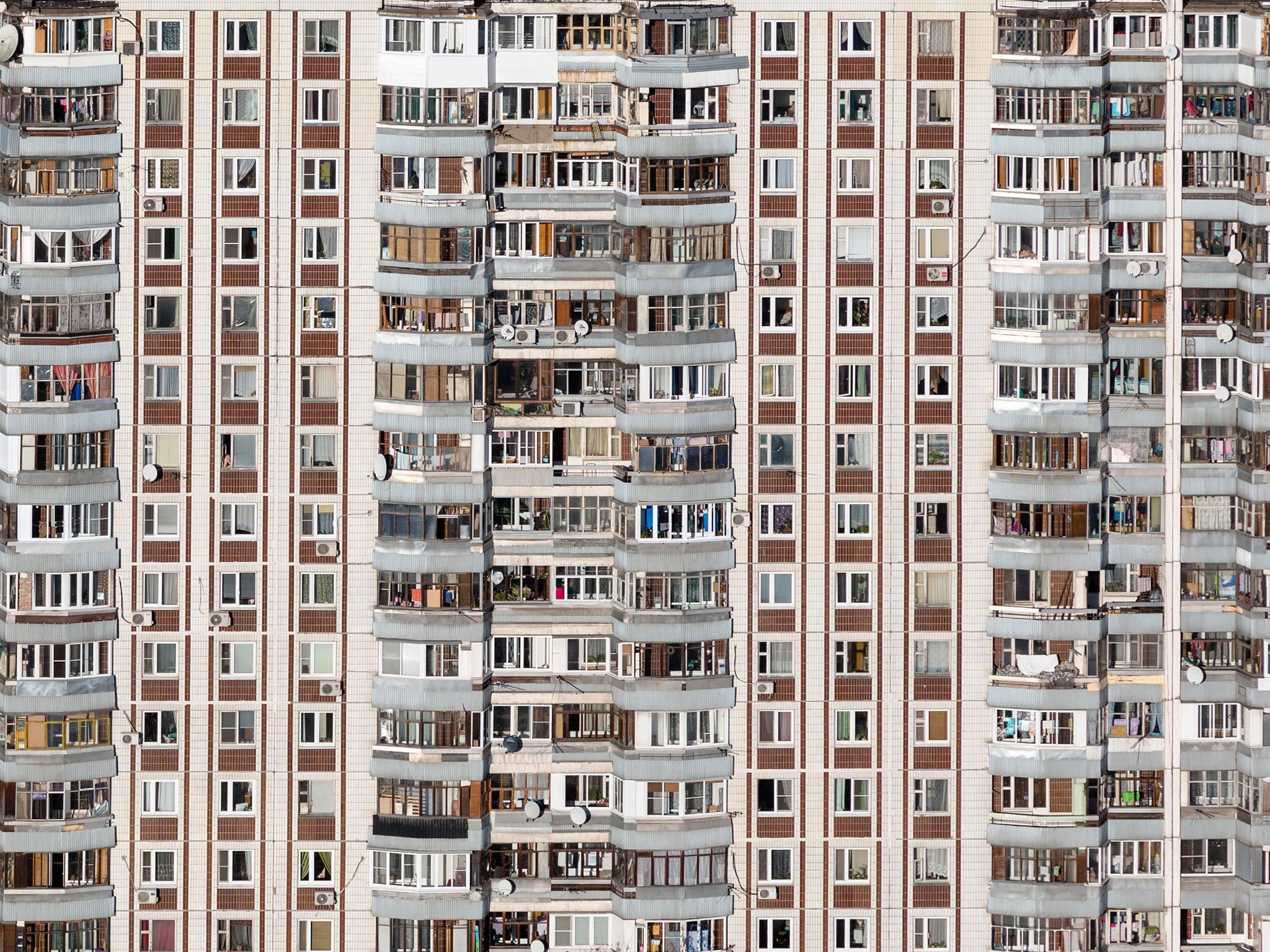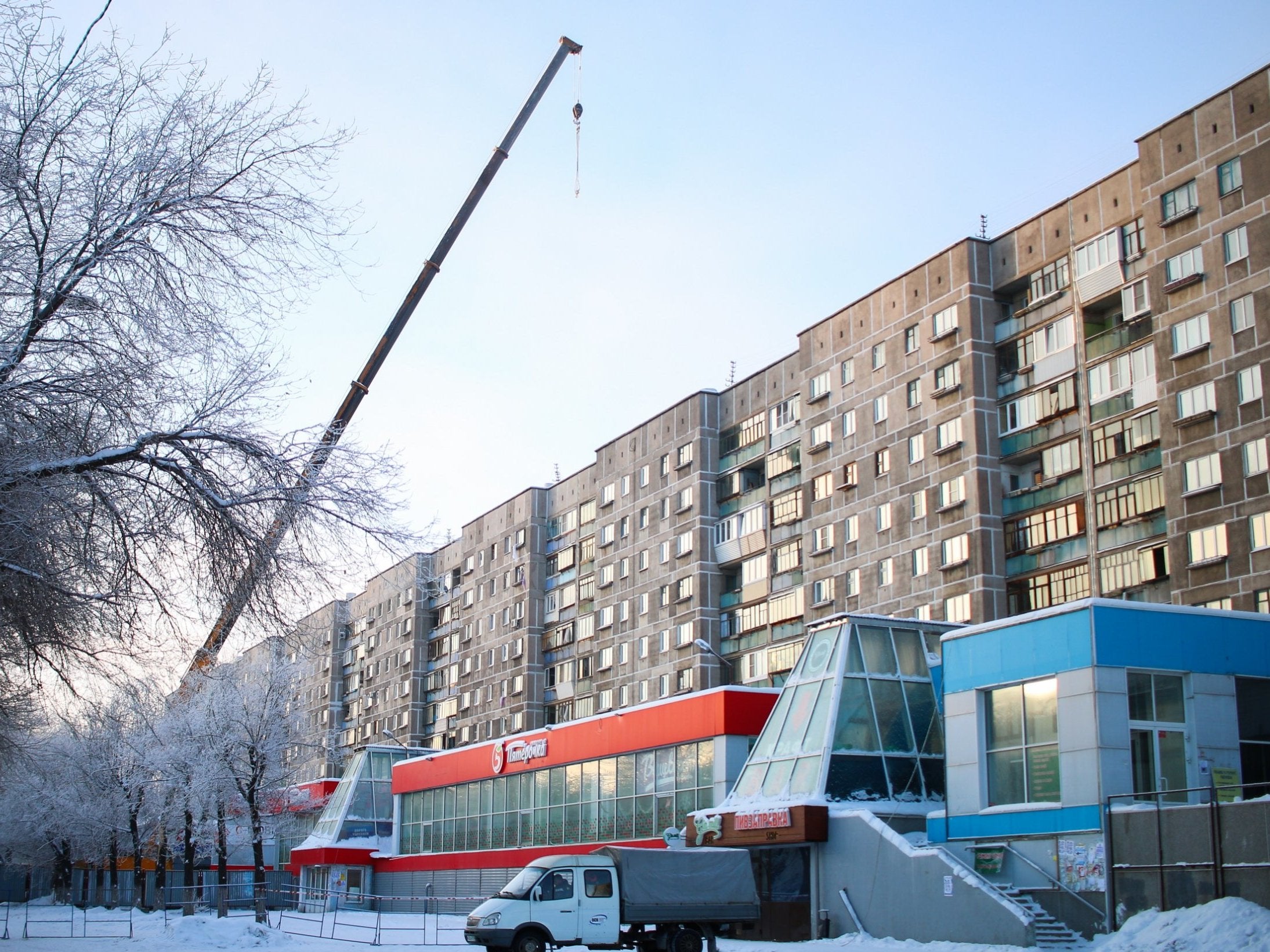
A loud bang startles Anna P Timofeyeva awake. She reaches for the light, but the electricity has gone out. In the dark, she and her husband quickly dress their two-year-old son and prepare to flee.
“We understood something was wrong,” she says. But when they open the front door of their apartment they stop short. From the doorstep of the family’s seventh-floor apartment, she says, they could look directly down on a heap of rubble far below, all that was left of 25 neighbouring apartments.
The explosion that collapsed Timofeyeva’s highrise building in the city of Magnitogorsk in southern Russia on New Year’s Eve killed 39 people and initially stirred fears of terrorism. But authorities have since blamed an even greater danger to the average Russian: crumbling infrastructure, including Soviet-era apartment blocks.

For a decade or more, as oil revenues have swelled its coffers, the Kremlin has poured resources into its armed forces, developing new weapons, upgrading its nuclear stockpile and overhauling and professionalising its army, navy and military intelligence agency.
The results – whether military interventions in Syria and Ukraine or meddling in politics in Europe or the United States – have buttressed president Vladimir Putin’s drive to restore Russia to major-power status.
Yet, the apartment collapse and an earlier, highly unpopular cut in state pensions serve as a reminder of the lingering hardships that ordinary Russians are asked to endure, particularly those who live in the country’s hinterlands.
In the case of the accident in Magnitogorsk, what was said to be a natural gas explosion sheared off a section of the building, flattening dozens of apartments but leaving Timofeyeva’s unscathed. “We were lucky,” she says.

Others were not, and 4 January was a day of funerals in Magnitogorsk, a sprawling industrial city built around a gigantic steel factory where housing, as in much of Russia, has long been a pressing problem.
Magnitogorsk – which means magnetic mountain and is named for nearby iron-ore deposits so massive they are said to distort compass readings – is a city whose very name has long been redolent of the hardships of Russia’s industrial backwaters.
It was conjured from the empty steppe by decree of Josef Stalin and intended as a model communist city, populated by enthusiastic volunteers known as shock workers. Its roughly 415,000 residents today earn average monthly wages of £280.
“Magnitogorsk remained the quintessential emblem of the grand transformation,” author Stephen Kotkin writes in Magnetic Mountain, a history of the city. Here, building communism “became a reality one could participate in first hand”.
The Magnitogorsk Iron and Steel Works became the pride of the Soviet Union, while the workers lived in mud huts in the early years, and scarce and shoddy housing ever since.
One park has a monument in the shape of a tent, commemorating a common early living arrangement. Inscribed into the pedestal are lines by a local poet, Boris Ruchyov: “We lived in tents with small windows, washed in the rain and dried in the sun.”
Another monument, called Rear to the Front, depicts a worker handing a sword to a soldier, illustrating the city’s role in supplying steel to the military industry. Russia today spends about 5 per cent of its gross domestic product on the army, more than any other European nation.
But living space has always been tight in Magnitogorsk. In the 1930s, the average inhabitant got 1.9 square metres, or about 20 square feet, often either a corner of a room or space for a cot in an open-plan wooden barracks.
Today, most residents live in tenement-style concrete highrises like the one that collapsed last month on Karl Marx Street. Built in 1973 and housing about 1,300 people, it was of a type of mass-produced, utilitarian housing seen throughout the former Eastern Bloc.

But even after the disaster, older residents still sang the praises of the chunky structure, having moved there from barracks or communal apartments. Far from demanding a new and safer building, many of them spent the week pleading with authorities to let them stay in the part of it that remained standing.
“What’s not to like about this building?” says Klavdia G Kiselyova, 78, who moved in when the highrise opened. Standing on her stoop bundled in furs and watching dump trucks cart away debris, she muses aloud. “It’s an amazing house.”
Judging by a sign on an entryway near the collapse, it looks as if they are getting their way. “Dear Residents!” it reads. “An inspection found residing in apartments in entryway 10 is allowed.” The collapse had occurred in entryway seven.
Yet, others were more sceptical about moving back in. Yulia V Skalvysh, an accountant at the steel mill, says she was told she would have to return to her two-room apartment a few yards away from the collapse. Authorities were apparently unconcerned about a crack in the tiled wall of her kitchen that she says is growing longer each day.
“They say, ‘It’s safe, you can return,’ but I don’t want to,” she says. “I want to live in safety.”
For some, the close call reinforced their belief in God. Vera D Saravarova, 59, who lived next door to an apartment that collapsed into the void, attributes her survival to having remained in church the day before for the entire two-hour sermon, even though she had wanted to duck out.
Russian Orthodox churches have no pews, she says, and her feet were beginning to hurt. But a friend told her, “You have to stay” until the priests wrap it up, and she did. “It was a miracle,” she says. “We were protected by God.”

Several residents praise Putin for visiting within a day of the catastrophe, and they direct their anger at local authorities.
Vladimir Y Vorontsov, 71, a retired steelworker whose son died, shows up seething for a meeting with the Chelyabinsk region governor. “My son was crushed to death, and these clowns are still sitting here,” he says of the bureaucrats. “They receive money and do nothing.”
Authorities are to pay compensation of 1 million rubles, or about £11,700, to the families of those who died. Renters who lost apartments will get 50,000 rubles to compensate for personal items.
By week’s end, heartbroken families and friends began to lay loved ones to rest in Magnitogorsk’s Left Bank Cemetery, where the headstones are heaped in snow.
Beside three fresh graves cut into the frozen earth, an undertaker opens a folding table and pours vodka into plastic cups for a farewell toast. A hearse arrives carrying the Kramarenko family – husband, wife and one-year-old daughter – on their final journey.
Crows flap about in the frost-covered birch trees. Gripped by grief, relatives place their hands on the coffins – the child’s draped in pink cloth – as a funeral director, Nadezhda Monzhorova, recites a farewell.
“How can we say they are not with us?” she says. “They remain in their relatives, in their friends, in their deeds and in our hearts.”
© New York Times







